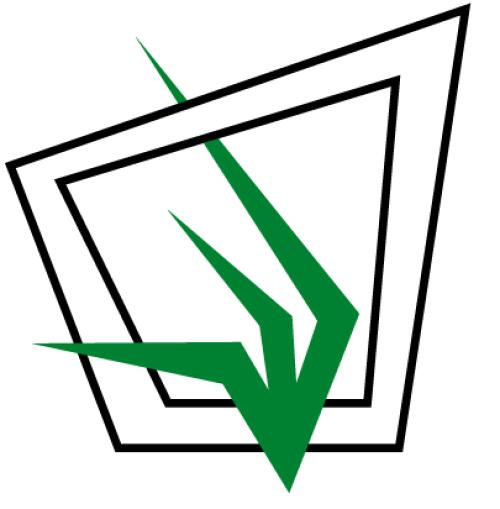We present a remote sensing based vegetation mapping technique well suited to a heterogeneous, semi-arid environment. 10 structural vegetation classes were identified and described on the ground. Using Landsat-TM from two different seasons and a combination of three conventional classification techniques (including a multi-temporal classification) we were unsuccessful in delineating all of the desired vegetation classes. We then employed a simple textural classification index, known as the Moving Standard Deviation Index (MSDI), that has been used to map degradation status. MSDI measures spatial variations in the landscape and is calculated by passing a 3 X 3 standard deviation filter across the Landsat-TM red band. High MSDI values are associated with degraded or disturbed rangelands whilst low MSDI values are associated with undisturbed rangeland. A combination of two conventional multi-spectral techniques and MSDI were used to produce a final vegetation classification at an accuracy 84 %. MSDI successfully discriminated between two contrasting vegetation types of identical spectral properties and significantly strengthened the accuracy of the classification. We recommend the use of a textural index such as MSDI to supplement conventional vegetation classification techniques in heterogeneous, semi-arid or arid environments.

Journal articles from the Grassland Society of Southern Africa (GSSA) African Journal of Range and Forage Science as well as related articles and reports from throughout the southern African region.